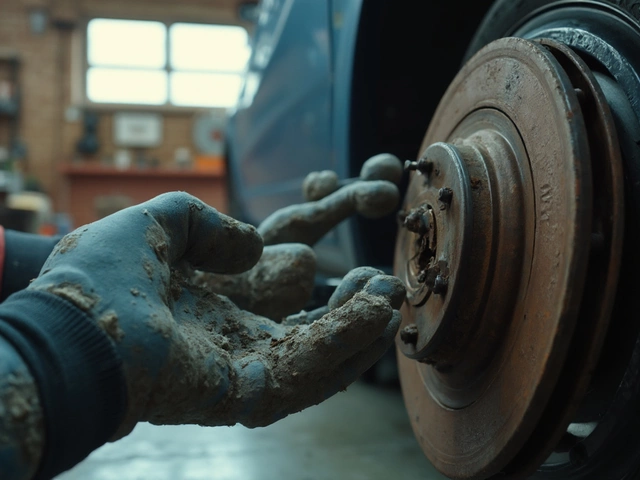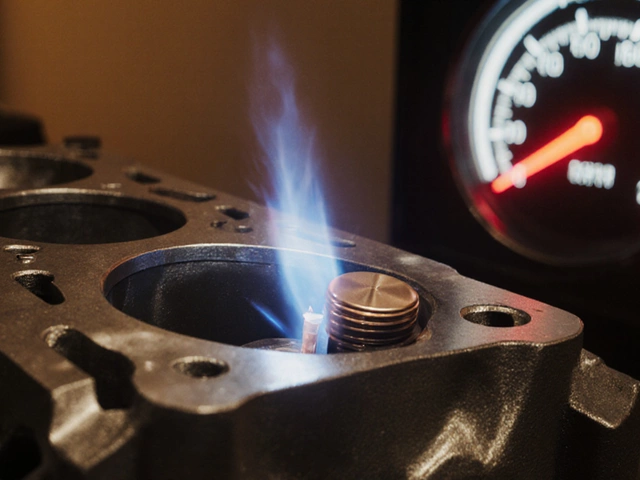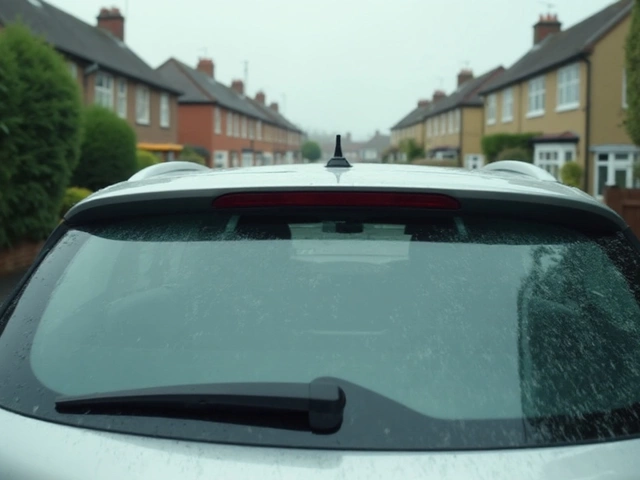Signs Bad Spark Plug: What’s Wrong and How to Fix It
If your car is coughing, stumbling, or refusing to start, the spark plug might be the culprit. Spark plugs are tiny but vital – they create the spark that ignites the fuel‑air mix. When they go bad, the engine suffers. Below are the most common clues that tell you it’s time for a check‑up.
Typical Symptoms of a Failing Spark Plug
Rough idle. When you’re stopped at a light, the engine should run smooth. A sputtering idle often means one or more plugs aren’t firing correctly.
Misfires and hesitation. If you press the accelerator and the car hesitates or jerks, the spark isn’t reaching the cylinder when it should. This feels like a stumble and can happen at any speed.
Reduced power and fuel‑economy. Bad plugs make the engine work harder, so you notice slower acceleration and a dip in miles‑per‑gallon. You might also see the fuel gauge climbing faster.
Hard start‑ups. Turning the key and feeling a sluggish cranking before the engine finally catches is a classic sign. In extreme cases, the car may not start at all.
Engine knocking or pinging. When combustion occurs at the wrong time, the engine can make a knocking sound. Faulty plugs disrupt timing, leading to that noisy, unpleasant noise.
Why Spark Plug Problems Matter
Each plug is designed to last a certain mileage – usually between 30,000 and 100,000 miles, depending on type and driving habits. Ignoring wear can damage the ignition coil, fuel injectors, or even the catalytic converter. Replacing a plug is cheap compared with fixing a damaged coil.
Bad plugs also raise emissions, meaning you might fail the MOT test or contribute more pollutants. A well‑tuned spark system keeps the engine clean and efficient.
If you notice any of the symptoms above, pull the plug cover and inspect the plug. Look for a black, sooty tip (over‑rich mixture) or a white, blistered tip (over‑heat). Any heavy carbon build‑up or cracked insulator means it’s time for a new one.
Replacing a plug yourself is straightforward: loosen the bolt, twist out the old plug, check the gap on the new one (most modern plugs come pre‑gapped), and screw it in snugly. If you’re not comfortable, a quick visit to Northwich Tyres Centre will get it done in minutes, and they’ll also check the coil and wiring while they’re at it.
Bottom line: don’t wait for a complete stall. Spotting these warning signs early saves money, keeps your car running smooth, and avoids a dreaded roadside breakdown.
 5 May 2025
5 May 2025
Spark Plug Life Expectancy: How Long Do They Really Last?
Curious how long your spark plugs will last? This article breaks down what actually affects a spark plug’s lifespan, how to spot wear before it turns into trouble, and when you should make the swap. Get practical tips and real-life examples from drivers who pushed their limits. Find out what happens if you wait too long, and how to get every mile out of your current set. No jargon—just honest, easy-to-grasp advice.
Latest Posts
-

How Do I Know if My Rotors Are Bad? Signs You Can't Ignore
-

How to Tell If Your Car Needs a New Battery: Signs, Tests, and Costs
-

Do Spark Plugs Add Horsepower? Myths, Facts, and How to Choose the Right One
-

How to Know When Spark Plugs Need Replacement: Signs, Symptoms, and Pro Tips
-

Is It Legal to Remove Your Rear Windscreen Wiper in the UK?

0